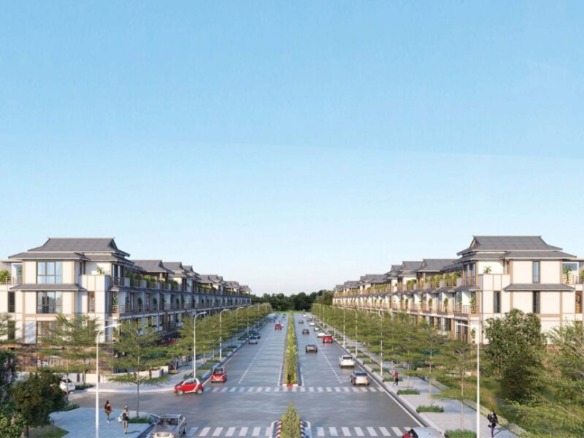Contents
Vietnam Economic Growth has surged to 7.5% in the first half of 2025. This rate marks the highest in the region, outpacing neighbors like Indonesia and Malaysia. The World Bank highlights this as Vietnam’s fastest expansion in a decade, excluding post-COVID recovery. For foreign investors, this signals robust opportunities in real estate and other sectors. Moreover, sustained momentum could solidify Vietnam’s position as a key Asian hub.
Key Drivers of Vietnam Economic Growth
Exports have been a major force behind Vietnam Economic Growth. In the first eight months, trade volume rose 16.3% year-on-year, reaching nearly $600 billion. This created a trade surplus and fueled GDP gains. Additionally, manufacturing and foreign direct investment continue to thrive.
- Strong export performance in electronics and textiles.
- Recovery in global demand supporting local industries.
- Government policies enhancing trade competitiveness.
These factors demonstrate Vietnam’s resilience. However, experts emphasize the need for innovation to maintain this trajectory.
According to the World Bank’s latest economic update, Vietnam must focus on technology and human capital.
Challenges and Recommendations for Sustained Growth
Despite impressive gains, Vietnam Economic Growth faces global headwinds. Trade policy uncertainties and weaker demand from major partners pose risks. Therefore, the World Bank advises accelerating reforms, including public investment streamlining and digital oversight.
Sacha Dray, World Bank economist, notes the importance of flexibility in investment projects. Furthermore, merging administrative units and amending investment laws could yield quick benefits.
- Address external risks through diversified trade.
- Boost R&D spending from 0.5% to 2% of GDP by 2030.
- Invest in high-tech workforce for long-term gains.
These steps will help mitigate vulnerabilities. In addition, embracing science and technology can unlock new growth pillars.
Investment Opportunities in Vietnam’s Booming Economy
Vietnam Economic Growth creates fertile ground for foreign investors, particularly in real estate. Urbanization and rising middle-class demand are driving property prices upward. For instance, infrastructure projects enhance connectivity, making cities like Hanoi and Ho Chi Minh City attractive.
The residential market remains strong, with sustained buyer interest amid economic stability. Moreover, regulatory changes are easing foreign ownership.
- Prime sectors: Commercial and residential properties.
- Forecast: Continued price appreciation through 2026.
- Benefits: High returns in a dynamic Southeast Asian market.
Explore Vietnam’s real estate market as a prime investment destination for detailed trends. Similarly, CBRE’s 2025 outlook provides insights into upcoming developments.
Overall, this growth phase offers strategic entry points. Investors should monitor policy shifts to capitalize effectively.





Join The Discussion